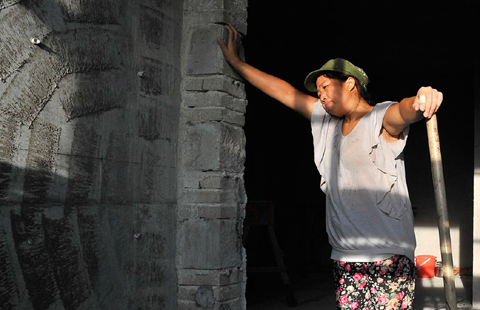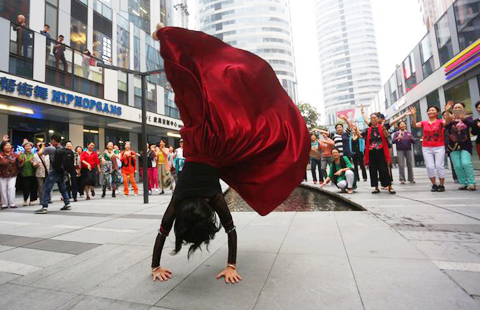German architect has bold plans for China
Updated: 2014-10-03 11:42
By Liu Wei(China Daily)
|
|||||||||||
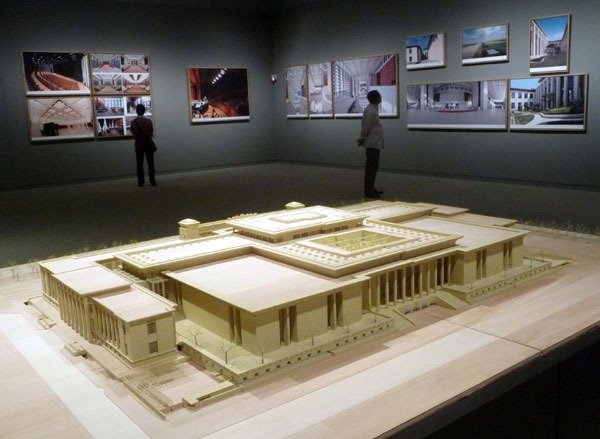 |
|
The architectural model of the National Museum of China is on display in the museum after its re-opening in 2012. [Photo by Wen Bao/For China Daily] |
"There is no doubt, China is now the most important client of gmp," von Gerkan says.
It is also one of the most challenging clients, he says. The cultural differences, which gmp dealt with in the National Museum refurbishment, provide a steep learning curve.
Von Gerkan says when he first came to China in the 1990s, the clients cared for only two items, time and cost, not quality. Things have greatly improved now, he says, but time is still a key factor.
"In China, a project is largely dependent on a powerful person's decision, which is very different from the situation in Germany. What in Germany progresses at a snail's pace takes place at breathtaking speed in China," he says.
"The advantage is, the efficiency would be much better - plus people here work 12 hours a day, seven days a week; but the disadvantage is equally obvious. If the powerful person has bad taste, it will be a disaster."
Such a disaster happened on one of gmp's projects in China, when von Gerkan found the client had covered an area supposed to be lawn with artificial grass, because it saved time.
The architect was furious and protested, and the offending fake grass was removed. Ironically, in a typically Chinese speed of only three weeks, a real lawn was laid out.
The ambiguous Chinese way of doing business - often in the context of social activities such as a shared meal - was also a subtle issue for von Gerkan.
He recalls when bidding for the Shanghai Lingang New City project in 2003, gmp was among three final candidates picked up from about 10 by the client.
They were all invited to dinner with the government authorities one night to announce the result. His Chinese partner Wu Wei went to the dining room before the feast started and came back to congratulate him, because he saw von Gerkan's place card was next to head of the organizing committee of Lingang. Von Gerkan did not believe the seating order meant gmp had won the bid, but it turned out where you are seated means a lot in China.
The architect still loves doing business in China, although sometimes a "perhaps" may actually mean "no", and the straightforward German style of giving frank opinions could lead to embarrassment.
"To compare the Chinese and European thinking is meaningless, it is like comparing a rose and a duck, they are just two different things," he says. "But in China, you definitely have more opportunities to try experimental ideas."
He spoke of a number of Western architectural works in China in recent years, among which he particularly dislikes the CCTV building in central Beijing, nicknamed by Chinese the "big underpants" for its twisted structure and two "legs".
"It is a total disaster," he says, "because it is only a symbol for itself and in fierce conflict with its surroundings. It is dysfunctional, too, with too much steel and glass in it."
Good architecture, says von Gerkan, who will celebrate his 80th birthday in January, has a standard that barely changes over time.
"It needs to provide both atmosphere and function for the humans living or working in it," he says. "And those two factors will promote each other."
Related Stories
Deng Xiaoping: Architect of morden China 2014-08-22 11:17
Architect's dream ... or nightmare 2014-07-09 16:15
Li Fengli meets UK horticultural architect 2014-05-23 16:25
Architect looks to the big picture 2013-10-22 07:25
Other award-winning works by architect Li Xiaodong 2013-07-25 06:37
Today's Top News
China to start direct yuan-euro trade
Protest disrupts life in Hong Kong
Slim waist fad causing problems
Americans split over role of gov't in their lives: Gallup
Spanish diplomat killed in Sudan
Independence of MH17 probe 'crucial'
Illegal assembly in Hong Kong leads to clashes
Aggrieved firms 'should go to court'
Hot Topics
Lunar probe , China growth forecasts, Emission rules get tougher, China seen through 'colored lens', International board,
Editor's Picks

|
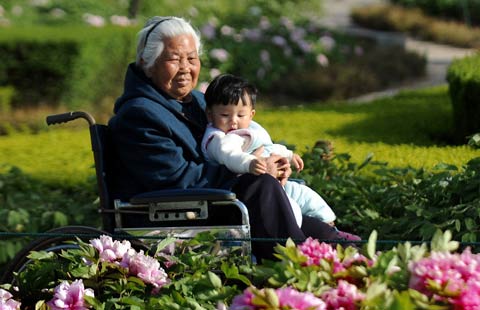
|

|

|
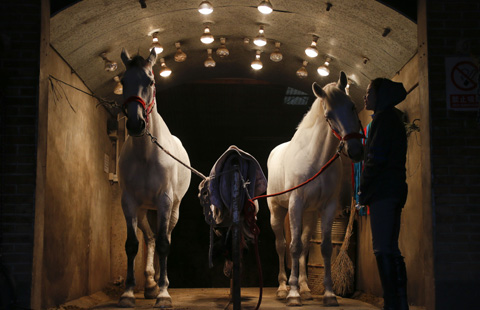
|
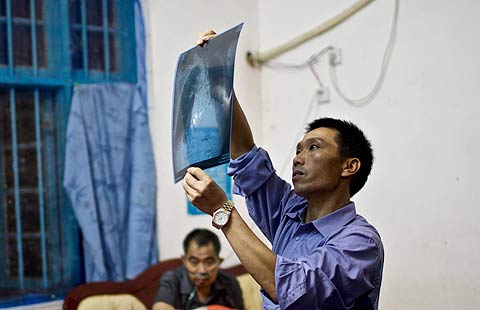
|


